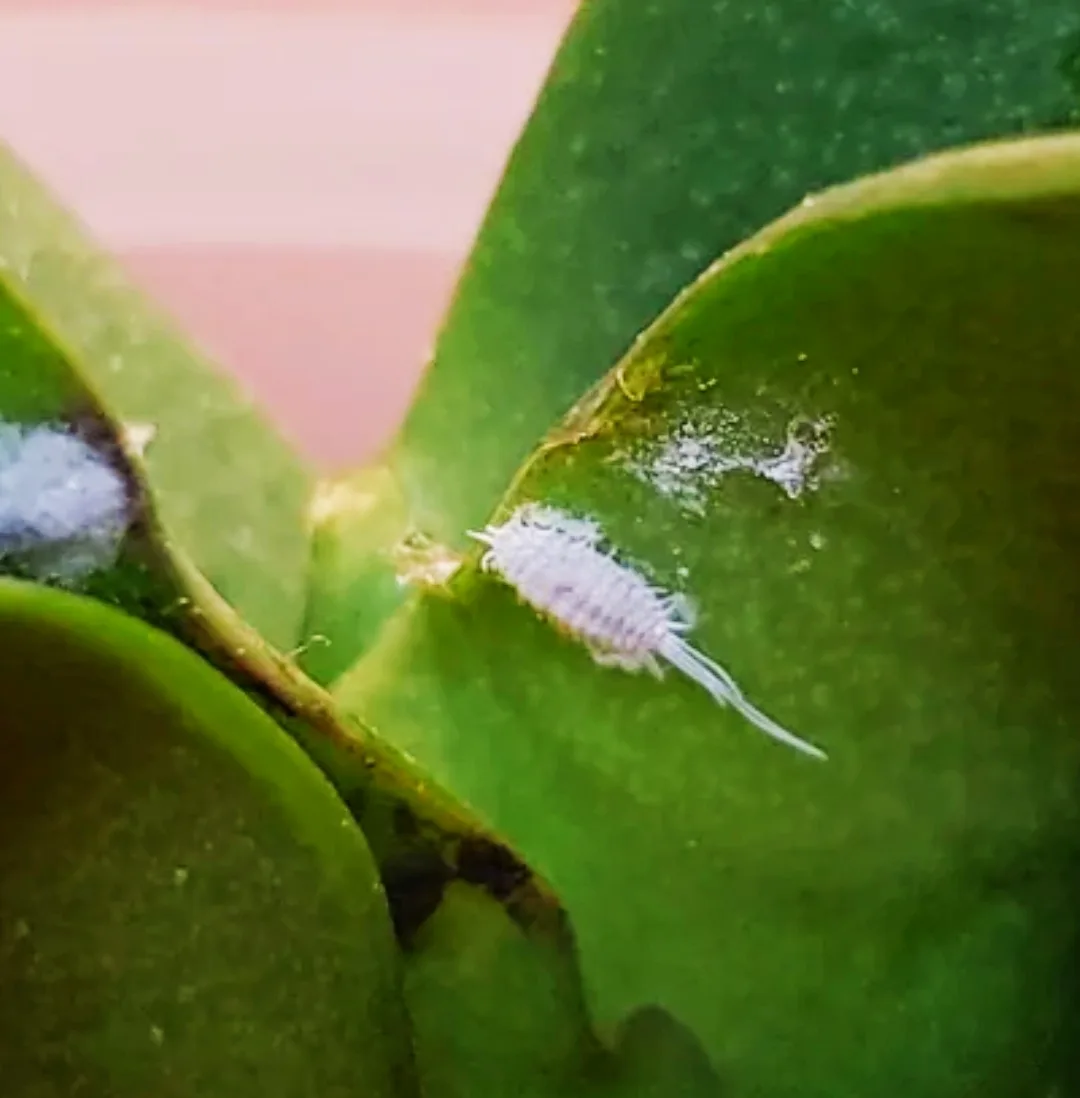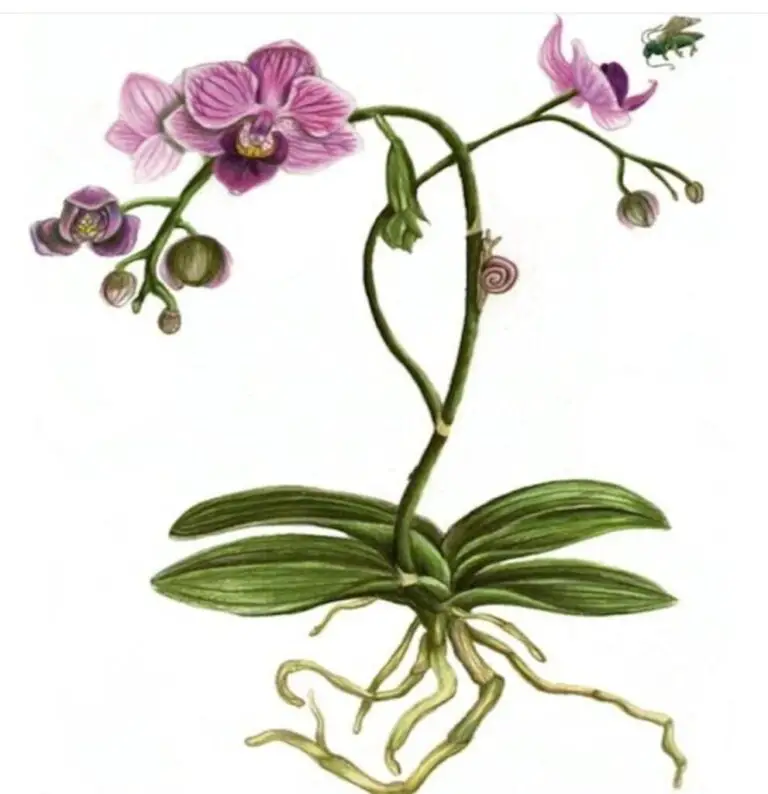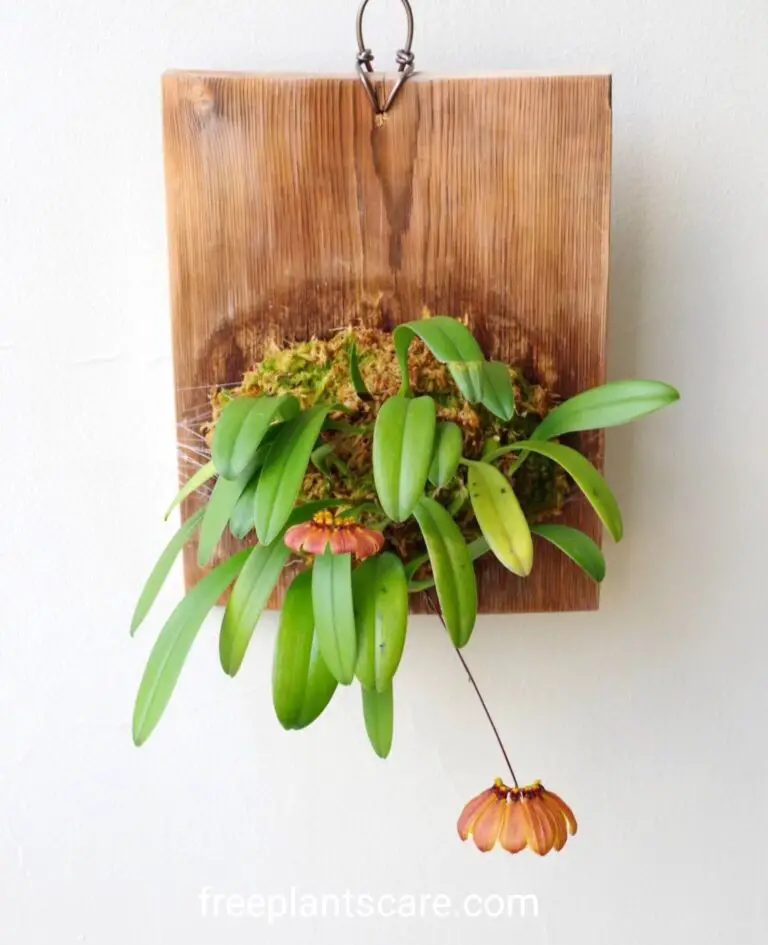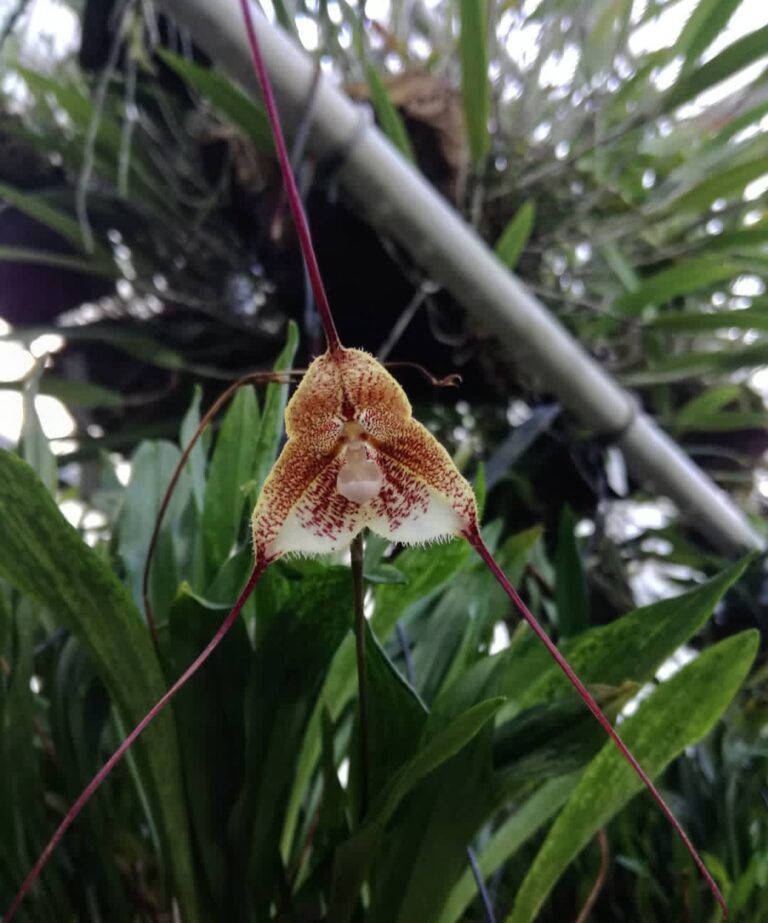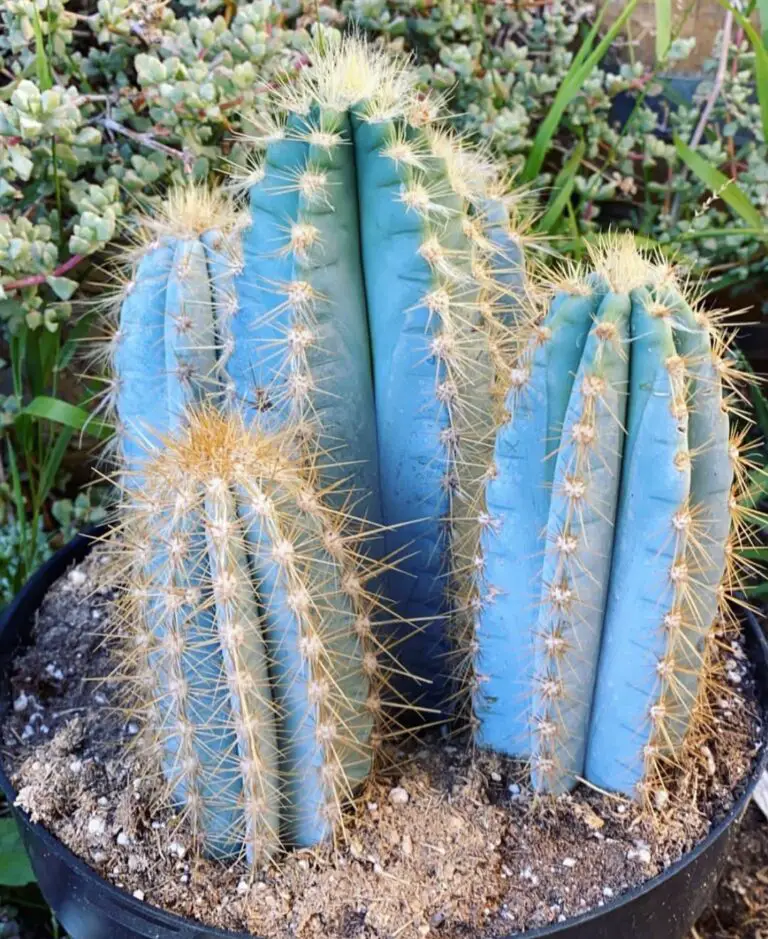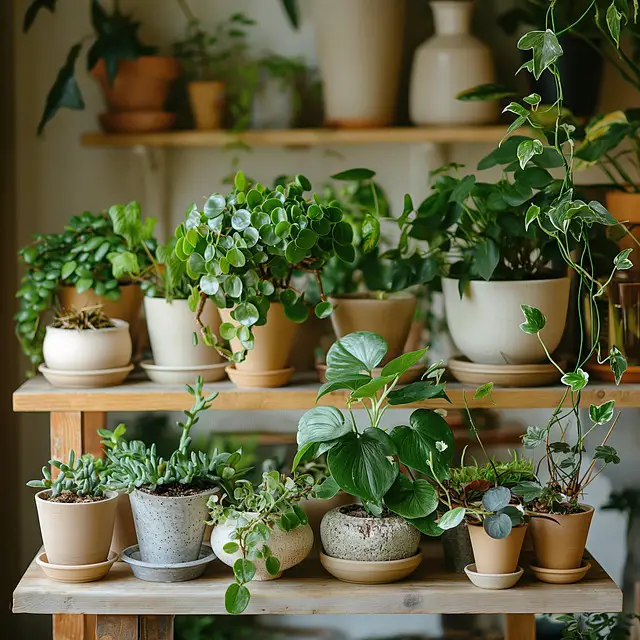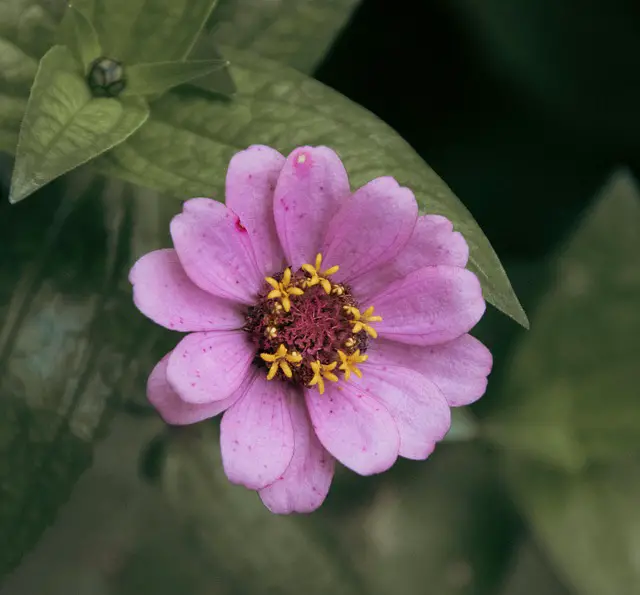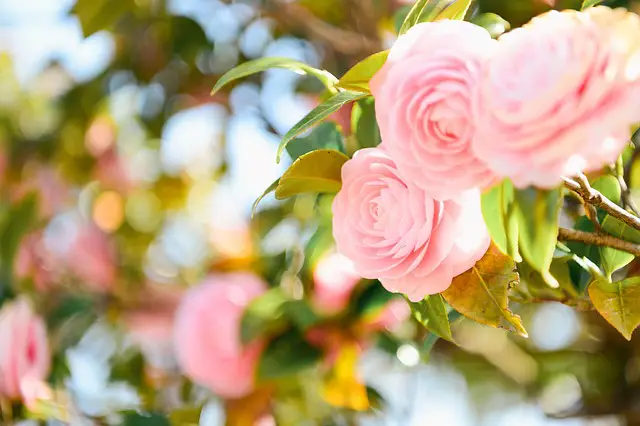Orchid pests Orchids are prized for their stunning beauty and exotic appeal, but like all plants, they are susceptible to pests. Pests can cause significant damage to your orchids, whether by feeding on the plant’s tissues or spreading diseases. Recognising and addressing pest problems early is essential to maintaining the health and vibrancy of your orchids. In this blog post, we’ll highlight 10 common orchid pests, how to identify them, and the best methods for eliminating them.
Orchid Pests

1. Aphids
Aphids are tiny, soft-bodied insects that can be found in clusters, often on new growth, flower buds, or the undersides of leaves. They suck sap from the plant, weakening it over time and potentially spreading viruses.
Signs of Infestation: Curling or yellowing leaves, sticky residue (honeydew), and distorted growth.
How to Eliminate Them: Aphids can be easily controlled with insecticidal soap or neem oil. Aphids can be removed using a powerful jet of water for minor infestations. Aphid numbers can be managed by introducing ladybirds and other natural predators.
2. Mealybugs
Mealybugs are small, white, cotton-like pests that congregate in the joints of the orchid’s leaves and stems.They consume the sap of the plant, which causes wilting, yellowing, and general stress on the plant.
Signs of Infestation: White, cottony clumps on leaves, stems, or roots, and a sticky, sugary residue.
How to Eliminate Them: Use an isopropyl alcohol (rubbing) soaked cotton swab to dab mealybugs directly. Neem oil or insecticidal soap are more options for treating the plant.For severe infestations, you may need to repot your orchid and remove any affected roots.
3. Spider Mites
Spider mites are microscopic arachnids that like hot, dry environments.They suck out the cell contents of orchid leaves, leading to speckled or stippled leaves and webbing around the plant.
Signs of Infestation: Tiny yellow or brown specks on the leaves, fine webbing between leaves, and leaf damage that looks like small puncture wounds.
How to Eliminate Them: Increase humidity around your orchids, as spider mites thrive in dry conditions. Spray the plant with a strong jet of water to remove the mites, and use insecticidal soap or neem oil for more severe cases.Additionally, you can introduce predatory mites, which are spider mites’ natural enemies.
4. Scale Insects
Small, oval-shaped pests, scale insects cling to the stems and leaves of plants. They can appear as flat, brown, or waxy bumps and suck sap from the plant, causing yellowing and stunted growth.
Signs of Infestation: Waxy, circular bumps on stems and leaves, yellowing or deformed leaves, and a sticky residue.
How to Eliminate Them: Gently scrape off the scales using a soft brush or cloth, and treat the plant with insecticidal soap or neem oil. For severe infestations, you may need to prune the affected parts and repot the orchid.
5. Thrips
Thrips are tiny, slender insects that damage orchids by feeding on the plant’s tissues. They typically feed on the flowers, leaves, and buds, causing them to distort, discolour, and eventually fall off.
Signs of Infestation: Deformed flowers, streaked or silvery leaves, and black specks (thrips’ excrement).
How to Eliminate Them: Spray the plant with insecticidal soap, neem oil, or a pyrethrin-based solution. Since thrips are small and fast-moving, regular inspection and early treatment are key to controlling them.
6. Fungus Gnats
Fungus gnats are small, dark flies that are commonly found in orchid potting mixes that are kept too moist. The larvae of fungus gnats feed on the roots of orchids, potentially leading to root rot.
Signs of Infestation: Small, flying insects near the soil surface, wilting or yellowing leaves, and rotting roots.
How to Eliminate Them: Allow the top layer of the potting mix to dry out between waterings to discourage fungus gnat larvae. You can also use yellow sticky traps to capture adult gnats and treat the soil with beneficial nematodes or insecticidal soap.
7. Root Weevils
Root weevils are small, nocturnal pests that damage orchid roots by feeding on them. They often enter the plant through the potting mix and are difficult to detect until the damage becomes visible.
Signs of Infestation: Wilted leaves, yellowing foliage, and small, irregular holes in the leaves.
How to Eliminate Them: Inspect the roots carefully when repotting, removing any weevils or larvae you find. You can treat the roots with an insecticide or use diatomaceous earth in the potting mix to deter the pests.
8. Caterpillars
Caterpillars can be a problem for orchids, particularly if they are feeding on the flowers. They tend to hide in the flower spikes or leaves and can cause significant damage if left unchecked.
Signs of Infestation: Chewed or shredded flowers, damaged leaves, and the presence of small caterpillars.
How to Eliminate Them: Hand-pick the caterpillars from the plant and destroy them. You can also spray the orchid with insecticidal soap or neem oil to eliminate any remaining pests or eggs.
9. Ants
Ants are not a direct threat to orchids, but they may indicate a pest issue.Ants are often attracted to the sticky honeydew produced by aphids and mealybugs. In some cases, they may even protect these pests in exchange for the honeydew.
Signs of Infestation: Ant trails around the base of the plant, presence of honeydew on leaves, and aphid or mealybug infestations.
How to Eliminate Them : To get rid of ants, you can use a mixture of water and dish soap or a mild insecticide. Eliminating the ants also involves dealing with the aphid or mealybug problem they’re associated with.
10. Whiteflies
Whiteflies are small, white, flying insects that tend to congregate on the undersides of orchid leaves.Similar to mealybugs and aphids, they feed on the plant’s sap, gradually weakening it and resulting in leaf drop and yellowing.
Signs of Infestation: Small, white, flying insects when disturbed, yellowing leaves, and sticky residue on the leaves.
How to Eliminate Them: Treat the orchid with insecticidal soap, neem oil, or a pyrethrin-based insecticide. Regularly wash the undersides of leaves to remove any adult whiteflies, and use yellow sticky traps to capture flying adults.
Pests are a common challenge for orchid growers, but with the right knowledge and tools, you can keep your plants healthy and free from infestations. Regularly inspect your orchids for signs of pests, and act quickly when you spot any problems. By using natural or chemical treatments as needed and practicing good care habits, you can prevent pests from becoming a serious issue and ensure your orchids continue to thrive. Happy orchid care!
FAQs on Orchid Pests
What are the most common orchid pests?
The most common orchid pests include mealybugs, aphids, scale insects, spider mites, and thrips. These pests can cause significant damage to orchids if not managed properly.
How can I identify orchid pests on my plants?
You can identify orchid pests by looking for symptoms like sticky residue (honeydew), yellowing leaves, webbing, or tiny visible insects on leaves, stems, or flowers.
What is the best way to control orchid pests naturally?
Natural methods to control orchid pests include:
Wiping leaves with a damp cloth.
Spraying with a solution of water and mild soap.
Using neem oil as a natural pesticide.
Encouraging beneficial insects like ladybugs.
Can orchid pests spread to other plants?
Yes, orchid pests can spread to nearby plants if not controlled. It’s essential to isolate infected orchids and treat them immediately to prevent infestation.
How do mealybugs affect orchids?
Mealybugs feed on the sap of orchids, causing weakened growth, yellowing, and a sticky substance on leaves. Severe infestations can lead to stunted growth or death of the plant.
Are chemical pesticides safe for orchids?
Chemical pesticides can be effective against orchid pests, but they should be used carefully. Choose orchid-safe pesticides, follow label instructions, and avoid overuse to prevent damage to the plant.
What are scale insects, and how do they harm orchids?
Scale insects are small, oval-shaped pests with a hard shell that attach to orchid stems and leaves. They feed on sap, causing yellow spots, leaf drop, and weakened plants.
Can spider mites damage orchids permanently?
Spider mites suck the sap from orchid leaves, causing stippling and yellowing. If left untreated, they can cause irreversible damage, including loss of leaves and overall plant health.
How often should I check for orchid pests?
Inspect your orchids weekly to catch any signs of pests early. Early detection can save your plants from severe infestations and damage.
